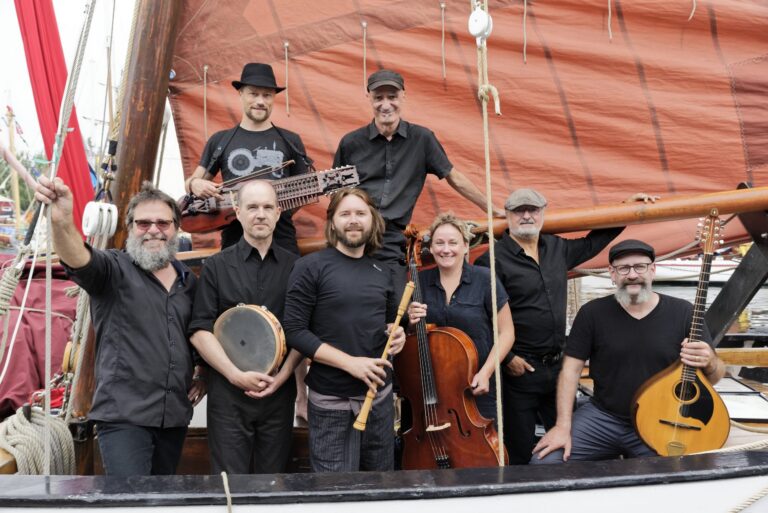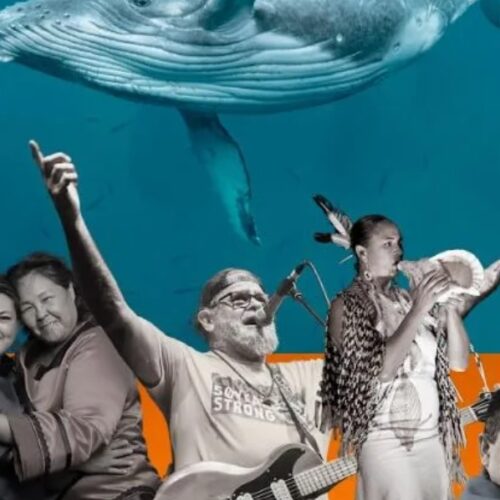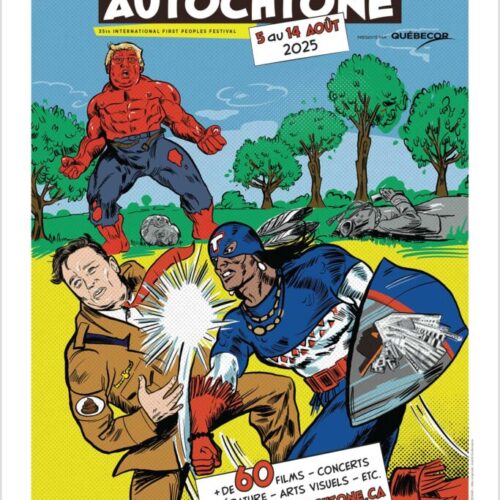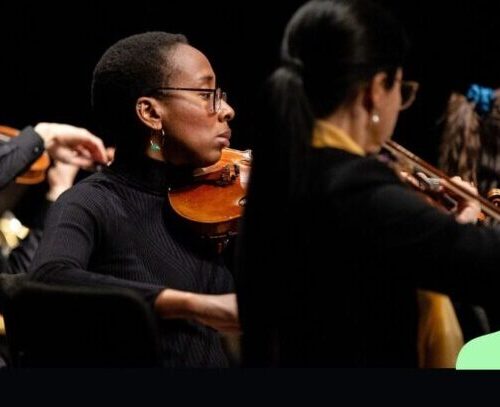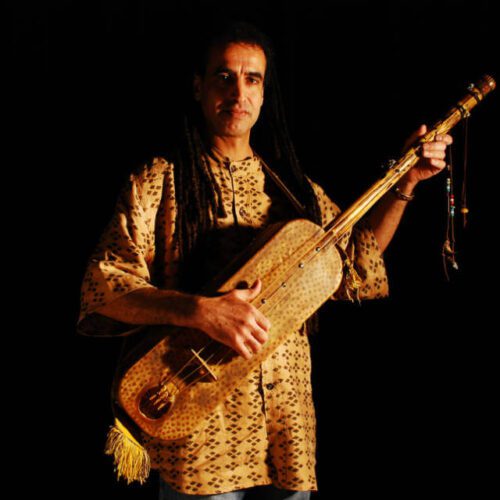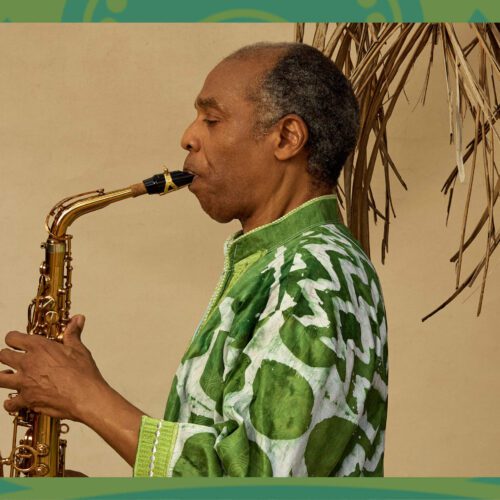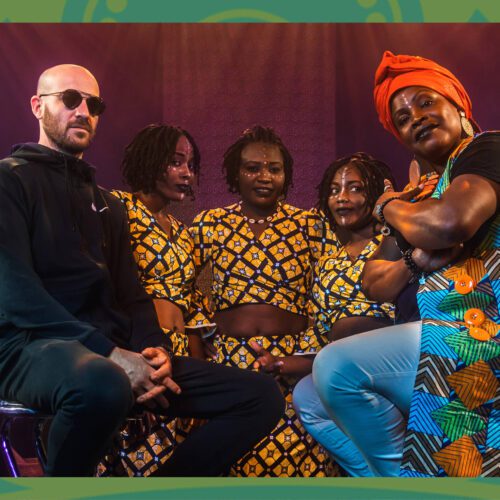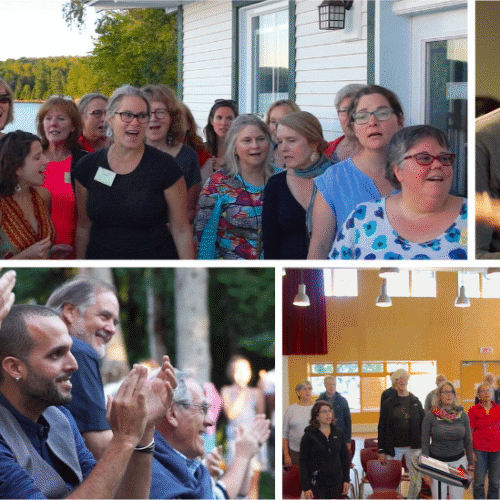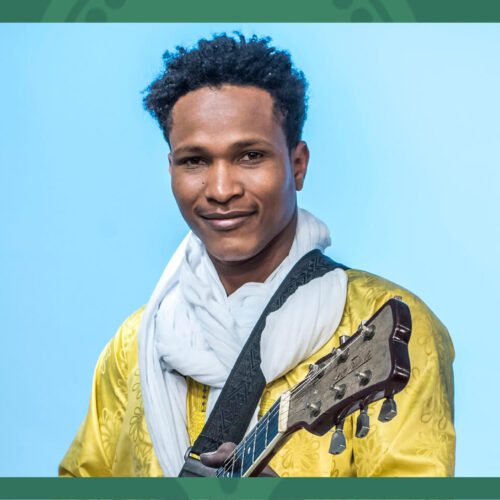Additional Information
Two Lanaudière (Qc) festivals that have been rubbing shoulders for some thirty years will meet again on July 24, when the Lanaudière festival (classical) pays tribute to Mémoire et Racines (trad). The much-appreciated reunion of La nef with Les Charbonniers (amputated of the qualifier ”de l’enfer” (from Hell) since the death of Jean-Claude Mirandette in 2019) is the expression of this much-appreciated tip of the hat to Michel Faubert, another member of Les Charbonniers, and an icon of trad music in Quebec.
It’s a great step forward, proclaims the singer and raconteur extraordinaire. We’ve been fighting to break down the barriers between genres. We’ve known for a long time that there are fruitful exchanges between classical and traditional music, or folklore. Just think of Bartok and Stravinsky! And it just goes to show that the Festival de Lanaudière isn’t wedded to a narrow vision. At the same time, I’m an advocate of the need for good classical music events! But being able to meet each other is so enriching.
We have to support all kinds of music that are different from mass consumption. I’m all for classical, metal, jazz and traditional music! Music for music lovers. I’m not a fan of music for people who don’t like music…
- Michel Faubert
Sean Dagher goes on to say that it just goes to show how open-minded classical musicians are. Many still think they’re locked into their practice, but the truth is, they listen to the radio too, they don’t live under a rock! They’re open to other music.
La traverse miraculeuse (The Miraculous Journey), from Quebec to France
The evening will be an opportunity to revisit La Traverse miraculeuse, a concert/album that first saw the light of day thanks to an idea by two CBC/Radio-Canada producers in 2006 (Ah, the days when the public broadcaster still played its true cultural role….) Les Charbonniers and La Nef will once again sail off to tell the story of a crossing from Île-aux-Coudres to Quebec City in New France era, miraculously saved from disaster, legend says, by the prayers of the crew members. The idea, initiated by and for CBC/Radio-Canada, became an album in 2008, as well as an evening concert at Montréal Baroque fest. Then it took another ten years before this wonderful adventure was back on stage and traveling around the world. Why did it take so long? Beats me, says Faubert. I don’t remember it. But every time we play it, we tell ourselves it might be the last time. That’s the beauty of it. It becomes a bit magical. It’s a lot of fun to play it again and again. And there’s nothing else like it! Sean Dagher, from La Nef, recalls that it was never intended to be a show, but that in the end, we let ourselves be carried away by the wave.
It’s a concept that has even been exported to France, to the Festival de Chant de Marin de Paimpol. One of the highlights of my career, says Dagher. In the artists’ cafeteria, people were singing all the time! As much as on stage! Total immersion. And for the show, we played on a moored boat, with the spectators on the pier.
Mutual respect and admiration
A classical ensemble and a trad ensemble have to learn how to communicate in different technical languages. In the end, they tame each other. I imagine that develops a special bond and intimacy, beyond the differences. I ask each other what each band likes about the other. Dagher begins: We at La Nef are particularly impressed by the communication that takes place between the Charbonniers, how they launch the songs, how they deviate, how they count down, in perfect synchronicity and in rich, complex harmonies. All from memory! And then, we’d show them the arrangements, they’d look at the scores once, then they’d memorized it, internalized it! It’s really impressive.
Faubert:
What we really like about La Nef is the ability of its members to adapt. And what technical assurance! They’re so professional, so on top of their game. They bring different, magnificent sounds to what we do: chalumeau, cistrum, cello. It’s really beautiful.
The importance of Mémoire et Racines
This tribute is possible, in a way, because the Mémoire et Racines festival has asserted its presence in the Quebec musical landscape. Its importance has been to stimulate the creation of other similar events, each with its own personality. There was a time, recalls Michel Faubert, when there was nothing like this in Quebec. Artists would go to the United States, English Canada and Europe, only to come back here and find that there were no similar events devoted to trad music. That’s when the festival came along and gave the scene a breath of fresh air.
I’ve had some great times here! Michel Faubert recalls editions when several families from the region (Lanaudière is teeming with amateur trad musicians) would spontaneously sing on the site. Cantin, Riopelle…. Nowadays, the offer has multiplied. There is a sailor songs fest (Saint-Jean-Port-Joli), a hurdy-gurdy music fest(Saint-Antoine-de-Richelieu), and many others. But Mémoire et Racines remains the main one, and the one that most closely resembles American-style festivals, with a wide range of styles.
The future, between optimism and questions
Sean Dagher is optimistic about the future of trad music. My 19-year-old daughter goes to trad jam sessions several times a week, and a lot of kids her age get together there. Maybe I’m naive, but I think trad music is in a good position in Quebec.
What about Les Charbonniers? What about the future? The embers of Les Charbonniers are rather lukewarm, admits Michel Faubert (in French, Charbonnier means coal-worker). There are no plans in the air, and it’s an open question whether the group will continue to exist. It’s something to think about, and I can’t answer for the other members.
This is a powerful reason not to miss the concert on July 24 in Joliette.
